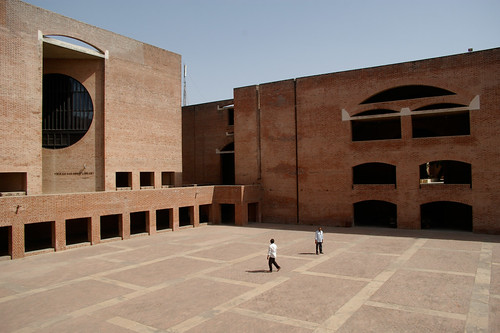Talent factories
May 18, 2010 1 Comment
Fast Company has an article citing research from a new book, Chasing Stars: The Myth of Talent and the Portability of Performance. The author studied Wall Street research analysts – a role that seems designed for the lone rangers. His hypothesis was that analysts’ performance should remain fairly consistent across firms. However,
“Star equity analysts who switched employers paid a high price for jumping ship. Overall, their job performance plunged sharply and continued to suffer for at least five years after moving to a new firm.” Worse, switching firms doubled the chance that an analyst would fall off the rankings entirely (32% versus 16%)
This corollary (from a firm’s perspective) is that it is better to groom from within, than hire “stars” from outside. This is in line with Jim Collin’s research too – that leaders are best developed from within. Interestingly, many of India’s most successful companies seem to follow the same mantra; most notably the Tata Group which develops a very strong internal cadre. The article goes on to talk about HUL, a company we all admired back in B-school
For instance, Hindustan Unilever, the Indian subsidiary of the consumer goods giant, has developed a reputation as a talent factory. How? Its senior managers are expected to spend 30% to 40% of their time grooming leaders. And executives usually change roles every two to three years so that they learn different aspects of the business. These investments may seem costly, but they have helped HUL become a $4.4 billion company, which reported 5.4% net profit growth at the end of 2009 — and the envy of other companies worldwide.

Comments